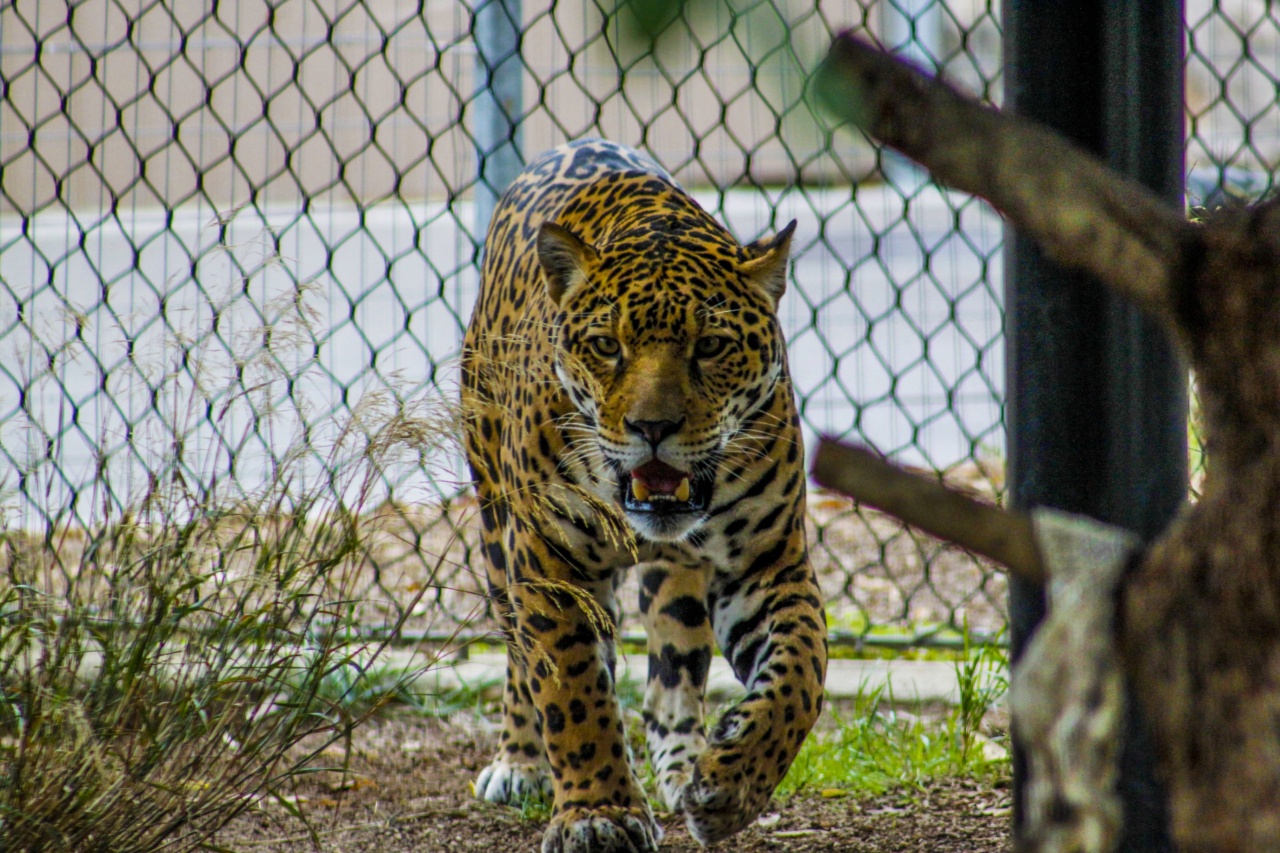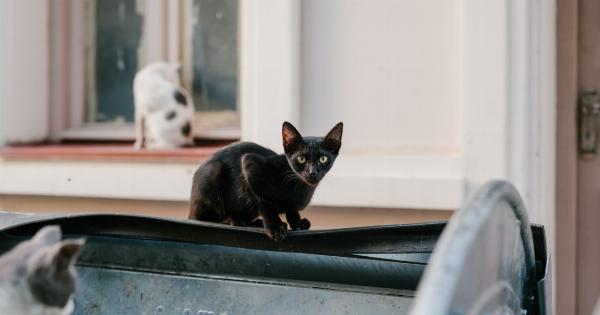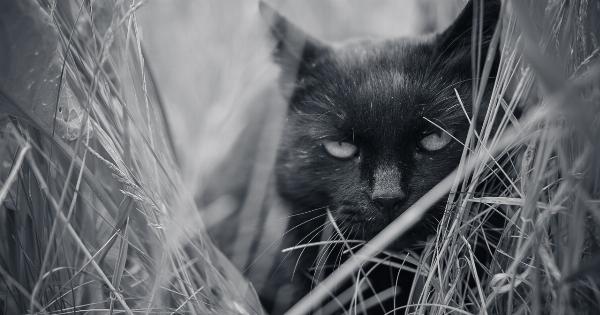Cats have unique and vital adaptations that make them amazing hunters, such as their ability to see well in low light and their incredible jumping ability. But one of the most fascinating features of a feline’s anatomy is its whiskers.
These long, flexible hairs protruding from a cat’s face are sensitive tactile organs that help them navigate their world, sense potential prey, and communicate with other animals.
What are whiskers?
Whiskers, or vibrissae, are longer, stiffer hairs that extend beyond the fur on a cat’s face, mostly around the cheeks, above their eyes, and beneath the chin.
Unlike other hairs, whiskers are embedded deep into the skin, connected to sensitive nerve endings, which help to detect even the slightest changes in their environment.
Why cats need whiskers?
Whiskers are essential to a cat’s survival. Unlike humans, cats have a limited range of vision and rely on their whiskers to “see” the world around them.
A cat’s whiskers can detect changes in air pressure, which is useful when navigating in low light conditions or when hunting prey.
How cats use their whiskers?
Whiskers help cats sense and react to their environment. Cats use their whiskers to judge distances and to determine the size, shape, and texture of nearby objects.
This helps them navigate at night and in low light conditions when their vision is impaired. When a cat is hunting, they use their whiskers to detect the slightest movement of their prey.
Whiskers also help cats to regulate their body position in the dark or when they are making sudden movements. When a cat jumps from one surface to another, it uses its whiskers to feel the edges of the surface to ensure a safe landing.
In short, whiskers act like radar for cats, giving them vital information to navigate their world.
How cats communicate with their whiskers?
Cats can also use their whiskers to communicate their mood to other cats. When a cat is calm and relaxed, its whiskers are forward-facing. But when a cat is threatened or aggressive, its whiskers flatten against its face.
This is a clear signal to other cats to stay away.
Whisker position is also an indication of other emotions. When a cat is curious, its whiskers move backward. When a cat is anxious, the whiskers move forward and may vibrate.
When a cat is playfully aggressive, it will flick its whiskers rapidly back and forth.
How to care for a cat’s whiskers?
Whiskers are sensitive and fragile, and they need to be treated carefully. Cat owners should never trim or cut their cat’s whiskers as they are important for the cat’s daily activities.
They should also avoid touching or pulling their cat’s whiskers as it can cause pain and discomfort.
Cats themselves are great at maintaining their whiskers, cleaning them frequently to keep them free from dirt and debris.
However, cat owners should also keep their cat’s feeding bowls clean to avoid any obstruction or damage to their delicate whiskers.
The bottom line
Whiskers play an essential role in a cat’s life. They help cats navigate their world, sense prey, and communicate with other animals.
They are sensitive tactile organs that give cats useful information about their environment, helping them to hunt, play, and stay safe.
Cat owners should appreciate their cat’s whiskers and never do anything that may harm them. By understanding the importance of whiskers, cat owners can create a safer and more comfortable environment for their feline friends.





























